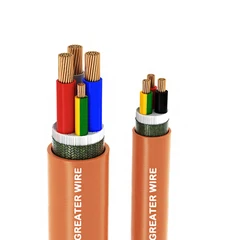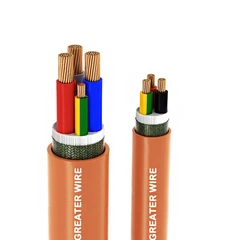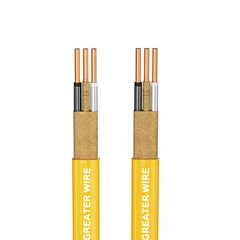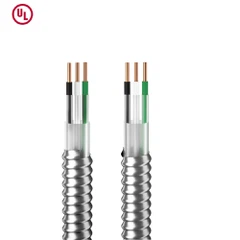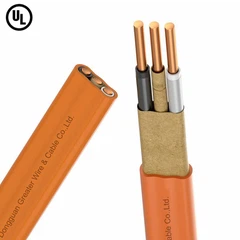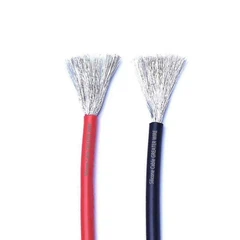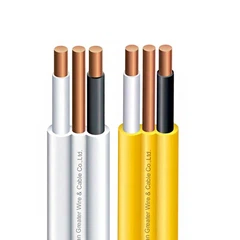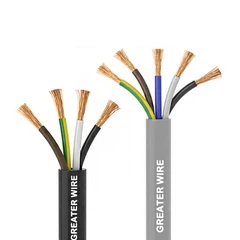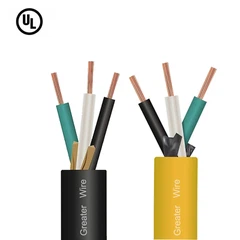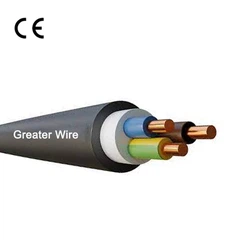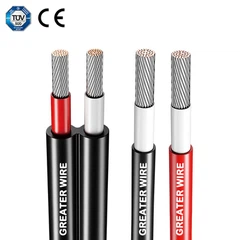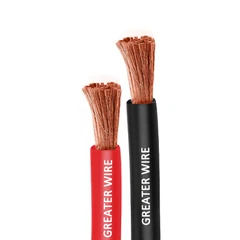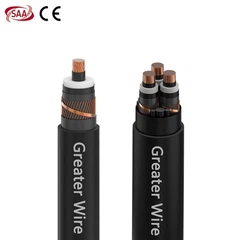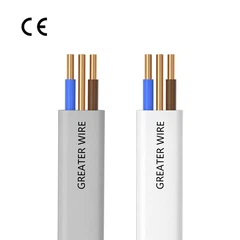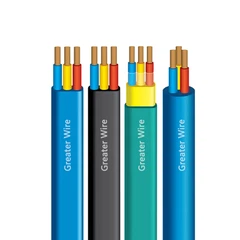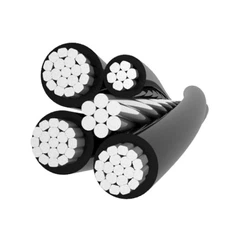The selection of cables plays a crucial role in safety, durability, and construction efficiency in power wiring** Metal Clad Cable (MC cable) and NM cable are two common types of cables, with significant differences in structure, application scenarios, and performance
1. What is MC cable?
MC cable is a type of cable with a metal sheath, typically composed of the following parts:
Conductor: Usually made of copper or aluminum materials, in compliance with electrical standards.
Insulation layer: Using thermoplastic materials such as cross-linked polyethylene (XLPE) or PVC to provide good electrical insulation performance.
Metal Clade: A metal armor layer made of aluminum or galvanized steel provides additional mechanical protection and electromagnetic shielding functions.
Jacket (optional): In some MC cables, an additional layer of jacket may be included to enhance waterproofing, fire resistance, or chemical corrosion resistance.
MC cables are commonly used in commercial, industrial environments, and buildings that require high safety, and their metal sheaths provide better anti-interference capabilities and protection.
2. What is NM cable?
Non-Metallic Cable, It refers to cables without metal sheaths, such as NM-B cables, THHN cables, UF-B cables, etc. They usually consist of the following parts:
Conductor: Copper or aluminum conductors, in compliance with electrical standards.
Insulation layer: Use materials such as PVC or XLPE.
Jacket: Using non-metallic materials such as PVC, nylon, etc., to provide basic mechanical and environmental protection.
NM cables are mainly used for residential wiring and light commercial applications because they are easier to install and have relatively lower costs.
3. The main differences between MC cables and NM cables
3.1 Structural Differences
| characteristic | MC cable | NM cable |
| Outer sheath | May have a metal sheath (aluminum or steel) | Using PVC or nylon sheath without metal protection |
| Mechanical protection | Has strong impact resistance and protection capabilities | Weak protective ability and susceptible to physical damage |
| Shielding ability | Metal sheath can provide good electromagnetic interference shielding | No shielding function, susceptible to electromagnetic interference |
3.2 Differences in Application Scenarios
| Application scenarios | MC cable | NM cable |
| Residential wiring | Can be used for residential purposes, but usually comes at a higher cost | Widely used for residential wiring |
| Commercial buildings | Widely used in offices, shopping malls, hotels, etc | Suitable for some light commercial environments |
| Industrial environment | Suitable for high load and high interference environments | Not suitable for high load or high interference environments |
| Wet environment | Some MC cables can be used in humid environments | NM cables are usually not suitable for humid environments |
3.3 Differences between Construction and Installation
MC cables can be directly exposed for installation without the need for additional conduit protection, while regular cables typically require penetration into PVC or metal conduits.
Ordinary cables are easier to cut and route because they are lighter and softer, while MC cables require greater force for bending and installation due to the presence of metal sheaths.
3.4 Comparison of Typical Specifications
Common MC cable specifications in the market include:
12 2 MC Cable: Suitable for 15A circuits, mainly used for lighting and ordinary socket wiring.
6 3 MC Cable: Suitable for high-power equipment such as water heaters or large electric motors.
12 3 MC Cable: Suitable for three-phase circuits or lighting systems that require dual control switches.
10 2 MC Cable: Suitable for 30A circuits such as air conditioning and electric water heaters.
10 3 MC Cable: Suitable for 240V equipment, typically used for electric stoves and dryers.
8 3 MC Cable: Suitable for 50A circuits, such as electric vehicle charging stations.
6 2 MC Cable: Suitable for 60A high-power equipment.
8 2 MC Cable: Suitable for 40A circuits, such as commercial kitchen equipment.
12 4 MC Cable: Suitable for power systems that require multiple phase lines.
4 3 MC Cable: Suitable for high load three-phase power systems.
4. Conclusion
MC cables and ordinary cables each have their own advantages and disadvantages, and are suitable for different application scenarios. For commercial and industrial environments that require high safety, strong mechanical protection, and electromagnetic shielding, MC cables are a better choice, while in residential and light commercial applications, ordinary cables are more common due to their low cost and easy installation.
When selecting cables, comprehensive consideration should be given to load requirements, environmental factors, construction costs, and other aspects to ensure the coexistence of safety and economy. If additional mechanical protection and stronger durability are needed, MC cable is undoubtedly a better choice.


